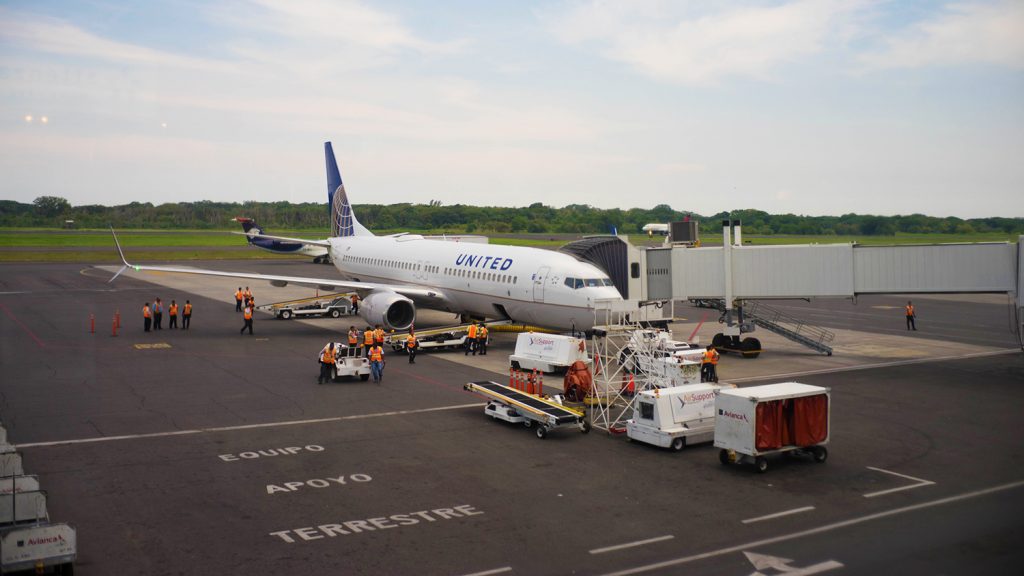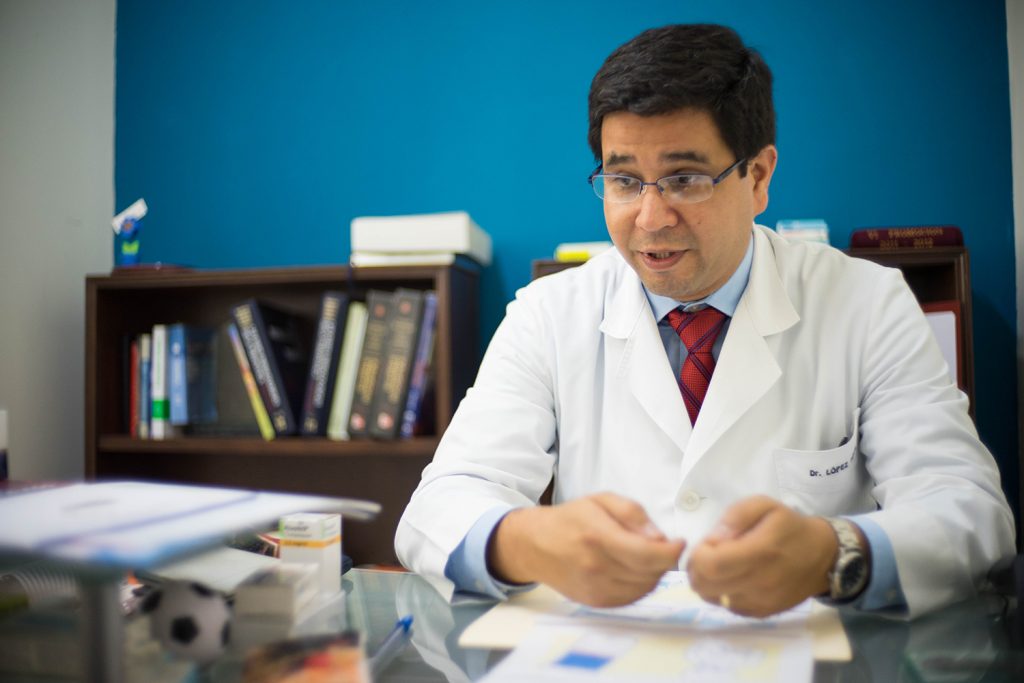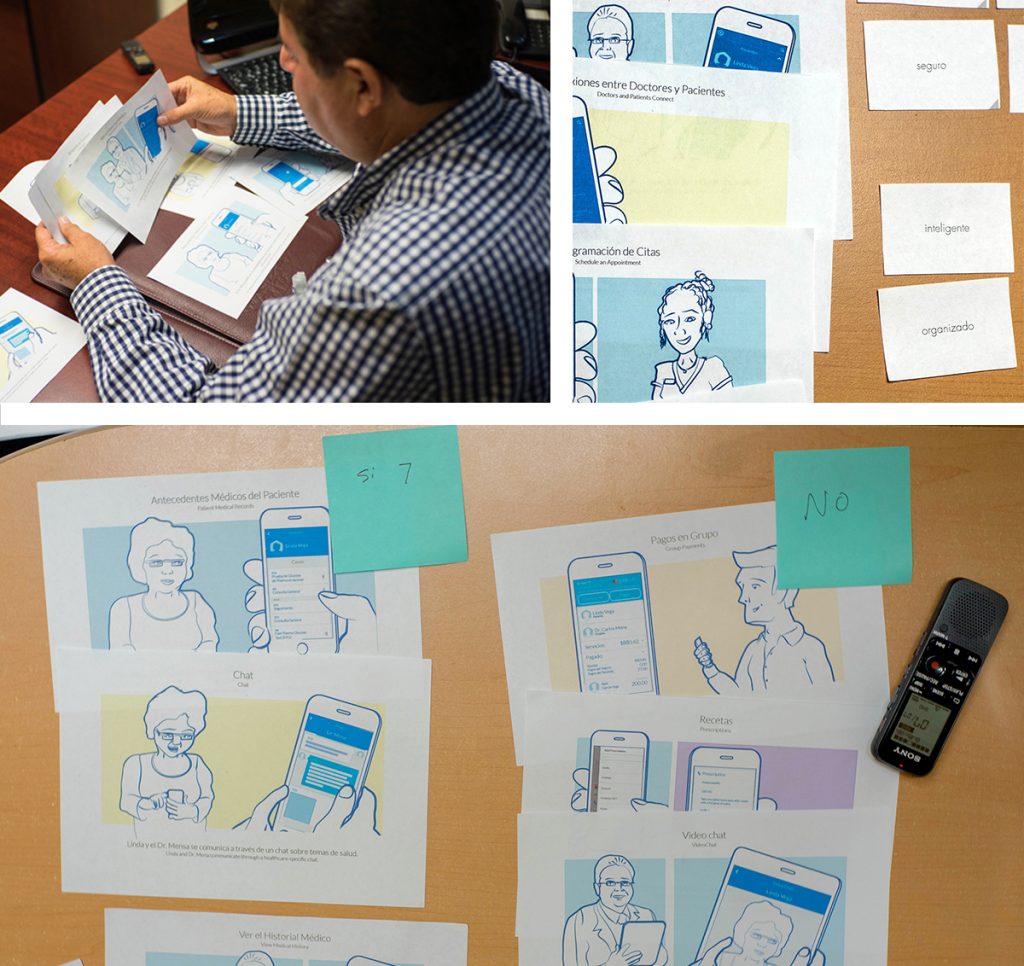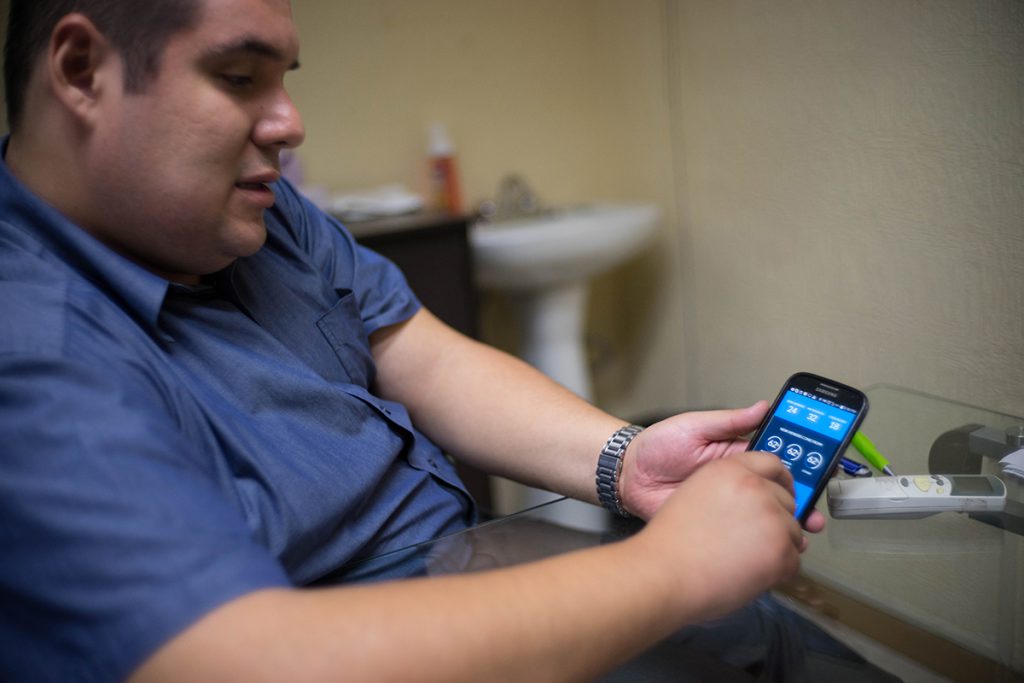Third Try: Becoming a Nomad
As we worked through closing our funding, I was reading more and more about the digital nomad lifestyle. On the project side, it was clear that a one-week stint in El Salvador wasn’t going to be enough, so once we closed our funding and Jonathan (our CIO) and I quit our day jobs and bought tickets to San Salvador. I would stay in El Salvador for 5 week with Jonathan there for the first three. During this time, we would build rapport with a local software development shop and try to get at least ten or fifteen research interviews done – hopefully a handful of these doctors would become long-time partners in our user group so our continual research would be possible.
Again, however, finding doctors to give us interviews was like pulling teeth. We were able to get one interview with a doctor that had promised to get us connected in the local community, but the connection didn’t bear much fruit. By the end of my 5 weeks we’d managed to line up 3 interviews which all proved to be useful, but still not enough to build a robust dataset.
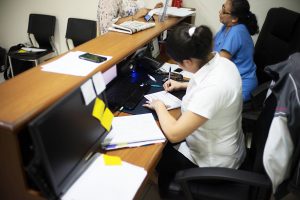
The bigger problem was that none of the doctors that we’d interviewed to date were anything like each other. Their practice sizes tended to be about the same (generally one doctor with one assistant. Sometimes the doctors would share an assistant with someone else), but everything else about them from their specialties to their patient bases and personal technical savvy was different. While we could sketch our ideal customer from a business perceptive, we didn’t have enough control in selecting our interview participants to make any sound conclusions.
As with the first trip, however, the experience was not without value. I built up a lot of environmental knowledge over this period both from living and from conversations with Salvadorans. Learning to get around in a country is always a challenge, but particularly in dangerous places you need to be hyper-attentive to the habits of the locals. Salvadorans, however, are incredibly warm and caring people and I made a lot of friends that took care of me and helped me stay safe and learn what “stay safe” meant in a foreign place.
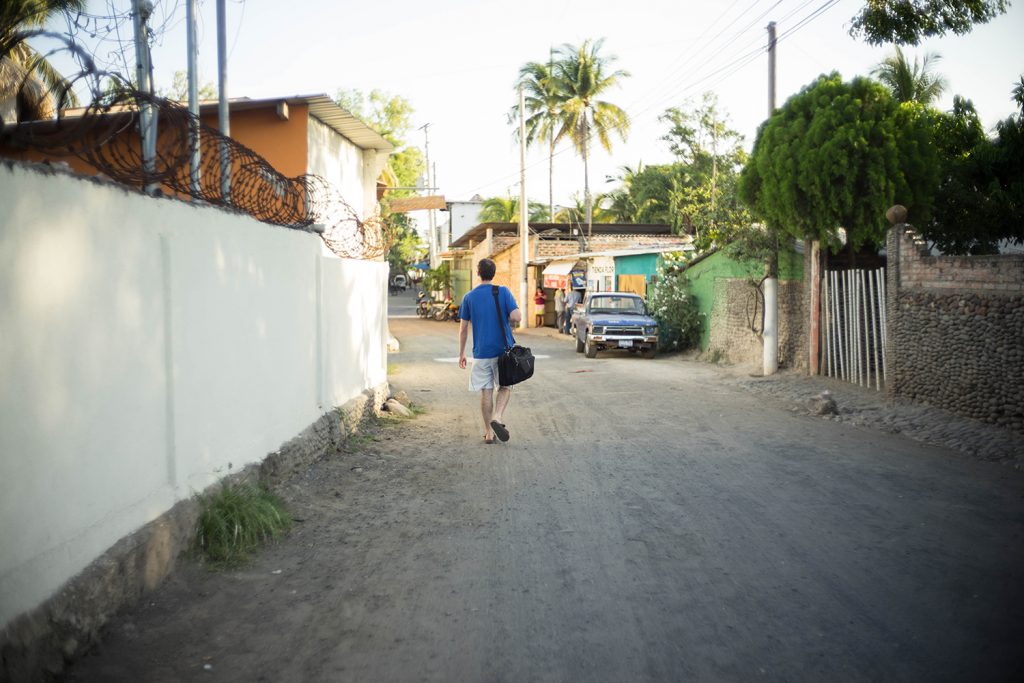
By the end of this trip, I’d stayed two weeks with friends in San Salvador, a week in the tiny beach town of El Tunco a short ways away, and a couple of weeks in a hostel back in San Salvador. I learned to get safe taxis by picking them out of the waiting line in front of major hotels and shopping malls (where they vet them for safety) and that the guys on the street corner with the shotguns give really good directions. I learned that you can recruit a hostel worker to translate research interviews. We learned to keep the business cards of the safe drivers, and to roll up your windows and lock the doors when the locals do. We learned how to stay productive even with spotty internet. We learned that Salvadorans drink like fish… when in Rome.
After those 5 weeks, I came back to Austin, sold the rest of my stuff, and moved to Mexico.
Serendipitous decisions
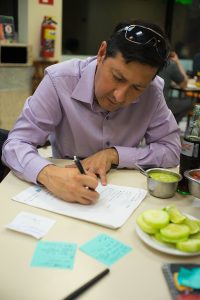
Moving to Guadalajara, Mexico wasn’t completely random. The family of a close friend is from there and his father – a surgeon – is still well connected in the local medical community. In Guadalajara, we would actually have an introduction to a medical community that we may be able to build relationships with. Specifically, there was a mid-sized out-patient hospital that we would be able to work with at a pretty deep level to get constant feedback on our designs.
By this point, I was feeling the burn, personally, from doing the design work and all of the other CEO responsibilities, so it was time to look for the support of another designer on the team.
At this point, both us and our partners had similar feature sets on our roadmap, and they seemed keen on sharing efforts. Since I was hiring designers, I offered to hire a few for them too.
Our idea was to build a temporary “pop-up” design studio in Guadalajara and had multiple advantages. Salaries in Mexico are lower than Austin, so with US dollars in our pocket, we would be able to pull from the top of the talent pool. More importantly, with a joint design team in Guadalajara so we could leverage each other’s work and maintain design consistency if we decided to integrate later. Unfortunately, again due to internal business reasons, our partners had to pull out – we would be on our own.
By this point, we had more than 80 applicants to go through, and we ended up pulling Luis Mora, an experienced interaction designer, on to the project.
Luis was perfect. Not only did he have a good balance of interaction and visual design skills, but when we went over to the hospital one night we walked around for an hour and he got us 6 interviews! Finally, we were getting somewhere! Over the next few weeks, we finally got to realize the interviews we’d been looking for all along.
The structure of these interviews hit foundational, generative, and evaluative themes. At this point in the company, we were looking more toward a potential pivot opportunity. A few of the payments transactions partners we were looking forward to working with were starting to run into issues, so we ran some storyboard activities with our doctors to see what other value propositions they would find helpful. With these activities, we let doctors “build a service” by choosing some features and key words that would describe it. We then had the doctors “pitch” the service back to us so that we could understand – from their perspective – what the true value proposition was.
After this relatively open-ended participatory design exercise, we pulled out some of our designs for some evaluative exercises. Since by this point, we had also been working ahead on the design aspects of our system, we were also able to use some invision prototypes to get feedback on design and layout. Overall, people were quite happy to see our designs. In particular, people responded to the visual aspects (most medical software looks like it’s visual design hasn’t been updated in about 15 years), but through more detailed interview structure, we were able to find information about interaction design changes that would improve the system before we coded.
Also important, we were able to gather data about aspects that would be further in our backlog. Pediatrics and Gynecology, for instance, were both on our radar for business reasons, so we spent a lot of time understanding how practitioners in these two areas organized their data.
Most importantly, though I would eventually move on from Mexico City, our new designer was based in Guadalajara, right down the street from the hospital that we were building the relationship with. Any time he needed to pop in for some more user validation or other questions, we wouldn’t have to pay the huge time and money overhead costs associated with traditional design research.
Owning the User Group Relationship
Our second windfall came when we brought the talented San Salvador based Indira Flores onto the team as a marketing director.
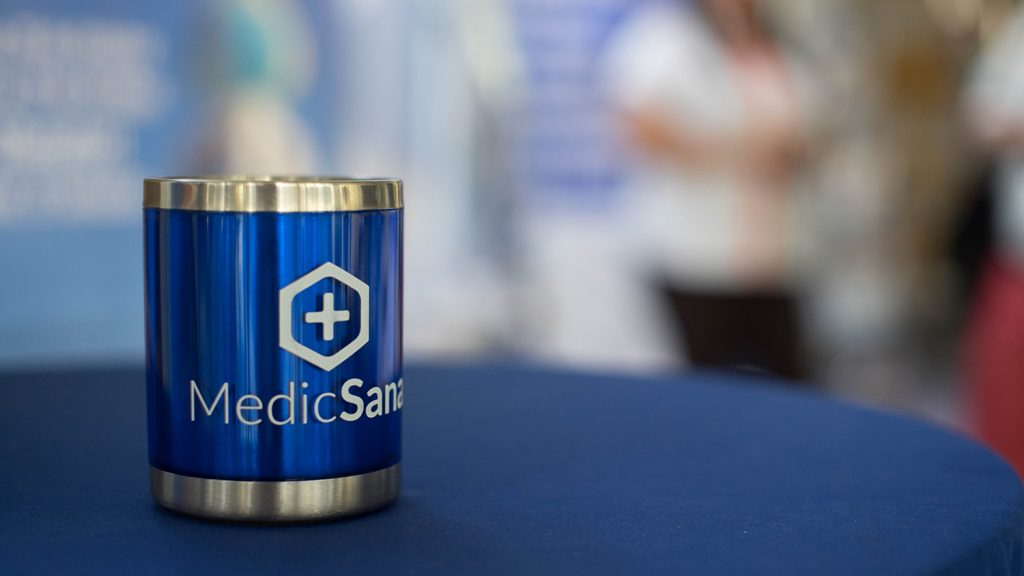
We had actually hired Indira on several months before to start building a groundswell in El Salvador in anticipation of our initial product soft launch. Weeks turned into months as we struggled to finally crank productivity out of our development team, and Indira was itching to put her talents to work. Over this period, Indira has accomplished – in rapid time – what I and my fellow co-founders had thus-far failed to do: she created an “Ambassadors Club” of local doctors in San Salvador that would be friends of the project with the promise of reaping such benefits as discount prices, beta releases for new features, and prestige.
Somehow, we’d ignored our biggest finding from our primary research and the design research interviews in the US we’d conducted: trust and reputation are awarded to those in the community. It is possible to discover opportunities through short-form design research sprints, but for the long-term relationships that are needed for sustained validation and growth, working with a local (or, to the best of your ability, becoming one) is the only way to succeed.
Indira met doctors within her church group, friends of her friends, friends of former coworkers, and by being a staple in the community. This combined with her natural talent and ambition made for a potent combination. She was not only able to easily understand our constituency, but represent it to the team in ways that could be both honest and actionable from a business and product design standpoint.
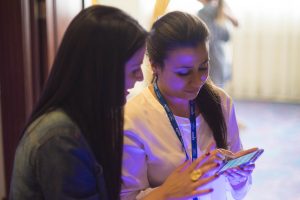
Indira and I quietly organized our Ambassador Group based on personalities into people who would be good public advocates for us (active at conferences, etc…), people who would be good contributors to our social media strategy (writing articles, etc…) and those that would be good for remote user testing. As our development team finally got on track, we were able to get into the next iteration of testing with actual software “builds” – functional software that wasn’t released to the public yet.
Now that we had a small group of initial users, we installed an application called Hockey App on their phones that would allow us to distribute new versions of the software to their phones every few days. From here, we could simply email them come questions or, in some cases, have Indira talk to them in person about what the liked and didn’t like.
On the next page, I give some final thoughts and things I’ve learned about building user groups in remote locations.
